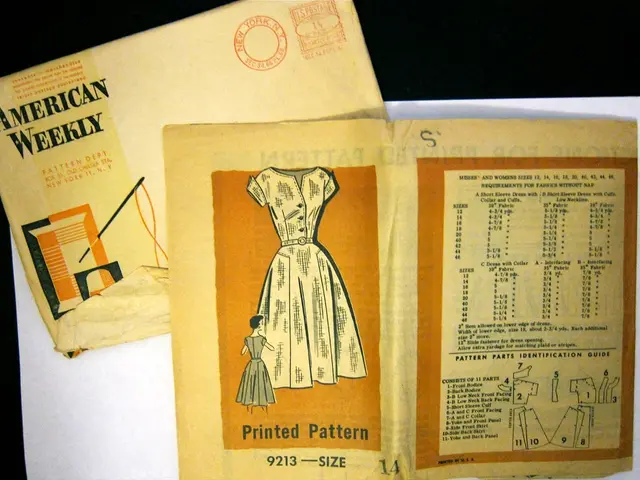PDF Documents: Accessibility vs. Standard - Key Distinctions and Advantages
In the digital age, the exchange of information is a fundamental aspect of various industries, including healthcare, academia, marketing, finance, and more. Standard PDFs, known for their consistent appearance across devices, have been a popular choice for sharing confidential documents. However, recent advancements have led to the rise of accessible PDFs, offering significant benefits for inclusivity and legal compliance.
The key differences between standard and accessible PDFs lie in their internal structure, navigation features, interactivity, usability for people with disabilities, and standards compliance.
Standard PDFs, for instance, usually lack a logical tagging order and may consist of a simple visual layout without semantic markup. On the other hand, accessible PDFs use a tagged structure with proper semantic tags organizing content (e.g., headings, paragraphs, lists) to support assistive technologies like screen readers.
Navigating standard PDFs can be challenging, as they might not include bookmarks, headings, or other navigation aids. In contrast, accessible PDFs include bookmarks, hierarchical headings, and skip links, enabling easy navigation by keyboard or screen reader users.
Interactivity in standard PDFs may be limited, with form fields or links lacking proper labeling or keyboard accessibility. Accessible PDFs address these issues by ensuring that all interactive elements like form fields and links are properly labeled, keyboard-accessible, and described to assist users with disabilities.
Text in standard PDFs might be saved as images or unselectable text, making them difficult to read or search. Accessible PDFs, however, feature text that is selectable and searchable, with all images having alternative text, tables having correct headers, and high contrast and dyslexic-friendly fonts improving readability.
Compliance with accessibility laws and guidelines is a critical aspect of accessible PDFs, while standard PDFs may not necessarily meet these requirements. Accessible PDFs are structured to meet standards such as WCAG, Section 508, ADA, providing metadata (title, language), no reliance on color alone, and other accessibility requirements.
Providing accessible PDFs not only ensures a better user experience but also mitigates the risk of legal action and associated financial penalties. Creating accessible PDFs helps organizations avoid potential lawsuits and fines by ensuring compliance with legal requirements in respective countries.
Moreover, accessible PDFs ensure that all content can be read aloud or displayed in braille, making them usable for people with disabilities. Navigable structure in accessible PDFs refers to the use of headings, lists, and other structural elements to create a clear hierarchy of content. Proper labeling of forms, buttons, and links in accessible PDFs allows assistive technologies to identify and describe interactive elements to users, making navigation more intuitive.
Our platform offers a solution for creating accessible PDFs, providing a drag-and-drop editor and a built-in accessibility checker for free. By using this platform, organizations can ensure their PDFs are inclusive, user-friendly, and legally compliant, thereby enhancing their brand reputation and aligning with the growing consumer expectation for diversity and inclusion.
In conclusion, accessible PDFs are enhanced standard PDFs with semantic tagging, better navigation aids, labeled interactivity, readable text, and adherence to legal accessibility standards to ensure usability by all, including those with disabilities. Improved search engine visibility, preservation of original document format, and the potential to create an inclusive environment in various countries further underscore the importance of accessible PDFs in today's digital landscape.








